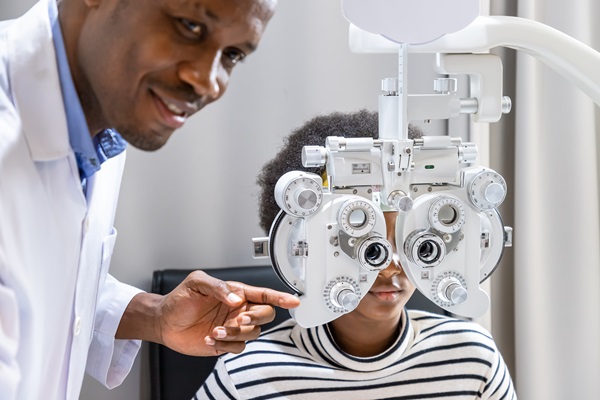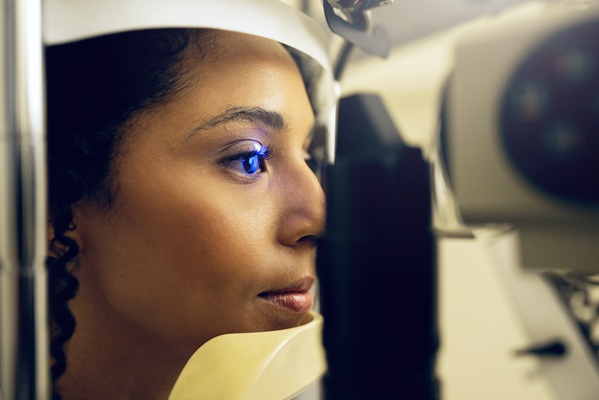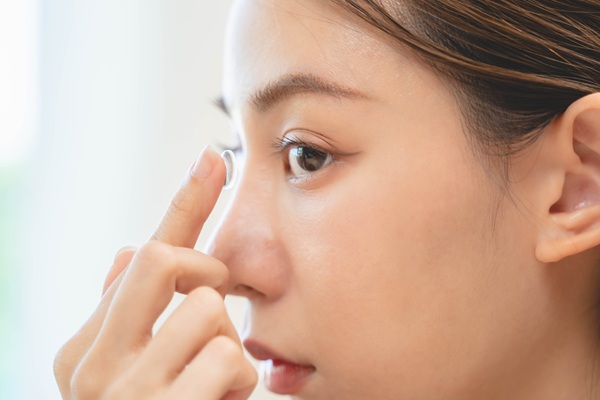How Often Should You Visit Your Optometrist?

Regular visits to the optometrist are an effective way to maintain good vision and eye health. How often "regular" is depends on several factors, however. Knowing the right recommendations can save patients money and time and help them catch potential health issues as soon as possible.
A general guide to visiting an optometrist
The American Optometric Association (AOA) recommends that patients, regardless of whether they wear glasses or not, get a routine eye exam every one to two years. This is to help patients detect eye disease and deteriorating vision early on, thereby reducing the overall health impact these conditions may have. Here is why seeing an optometrist every one or two years is an important part of maintaining one's eye and overall health.
Getting glasses or contact lenses
Annual eye exams help patients who need vision correction, such as prescription glasses or contact lenses, ensure their prescription stays up to date. For these patients, the optometrist will check their current prescription against the results of their vision test. If there are any changes, they may follow up the vision test with a refraction test to update their prescription. This is part of the eye exam where the optometrist will ask the patient to read letters off an eye chart through different lenses.
Updating the patient's prescription is not the sole reason for a routine exam. The optometrist will also look for signs of common eye diseases, such as cataracts or glaucoma. They can then recommend treatment to preserve one's vision, from medication to laser therapy and other surgeries.
Catching eye diseases before they progress
Like any other type of disease, some demographics are at a higher risk of developing eye diseases. Per the AOA, patients at risk for these diseases should visit the optometrist annually. This includes but is not limited to those who:
- Wear contacts
- Have a personal history of eye injury
- Have a family history of eye disease
- Have received refractive surgery (e.g., LASIK)
- Take prescription medications that create an increased risk of eye disease
Caring for older people's eyes
According to the AOA, patients who are 65 and older should try to see an eye doctor every year. Aging is a gift, but unfortunately, it can also bring on age-related eye problems. For some, this is as harmless as slowly declining vision. They may have trouble reading menus at restaurants or watching television. However, there is also the possibility of developing age-related macular degeneration, glaucoma, or cataracts. Catching these issues early on allows for early and, potentially, more successful treatment.
Patients without glasses or contacts
Just because a patient does not currently wear glasses or contacts or is not at risk for developing eye disease does not mean they are safe to skip eye exams. As mentioned, regular eye exams are an important preventive measure. For example, vision loss may start so slowly that a patient does not notice it has deteriorated until they try wearing glasses for the first time. Getting prescription glasses sooner rather than later can prevent the patient from straining their eyes, leading to headaches and worsening vision.
Further, a patient without vision problems may still develop an eye disease. The optometrist will check for these diseases and slow their progression when possible.
Signs you should book a checkup visit
There are some signs and symptoms for which a patient should not wait until their next routine eye exam to consult an optometrist. This is because the issue may be an untreated and undetected eye disease. It is important to seek the diagnosis of these diseases as soon as possible to provide proper treatment and prevent irreversible vision loss.
Patients should not panic, however. The issue may be something minor, such as an incorrect prescription. For example, too weak of a prescription may cause headaches as the patient habitually straining their eyes to see. Other common signs to book a checkup visit over include:
- Eye pain
- Blurred vision
- Double vision
- Floaters
- Flashes
- Spots
- Dry eyes
- Watery eyes
- Light sensitivity
- Trouble seeing at night
- Difficulty using screens, including computers
Note that there are some cases in which a patient may need immediate medical help for a symptom listed above. A sudden onset of double vision may indicate a stroke or tumor. If this occurs, call 911 for emergency assistance.
Call today to schedule your appointment
Has it been a while since you have had a routine eye exam? Our team at Texas Optical is here to help. Contact our Dallas office at (214) 771-7333 to schedule your next appointment.
Request an appointment here: https://www.texasoptical.net or call Texas Optical at (214) 771-7333 for an appointment in our Dallas office.
Check out what others are saying about our services on Yelp: Read our Yelp reviews.
Recent Posts
For those living with diabetes, undergoing a diabetic eye exam is one of the most important steps in protecting their vision and overall eye health. High blood sugar levels can lead to a range of complications, including conditions that damage the eyes over time. These exams help detect these issues before they become serious, allowing…
Contact lenses provide clear vision and convenience for individuals who prefer an alternative to eyeglasses. However, proper care and maintenance are essential to prevent infections, irritation, and eye damage. Neglecting hygiene practices can lead to serious eye conditions, including corneal ulcers and keratitis. Understanding how to clean, store, and handle contact lenses ensures long-term eye…
Maintaining eye health and preventing long-term issues is the result of consistent and quality vision care. Many people focus on overall wellness but may overlook daily habits that support healthy eyesight. However, taking simple steps each day can protect vision, reduce eye strain, and prevent future complications. By making eye health a priority, it is…
Prescription contacts provide vision correction, comfort, and convenience for those who do not want to wear glasses. However, caring for and wearing contacts takes some getting used to. Learning to insert, remove, and maintain them will help ensure a comfortable and safe experience.Not all contact lenses are the same, and choosing the right pair is…


